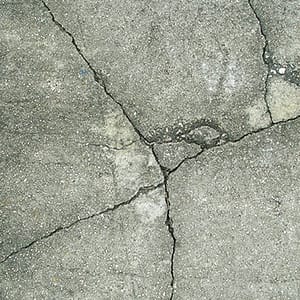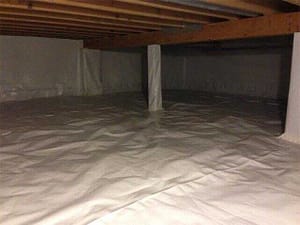Not known Factual Statements About Best Basement Waterproofing
Not known Factual Statements About Best Basement Waterproofing
Blog Article
Some Known Details About Best Basement Waterproofing
Table of ContentsThe 8-Second Trick For Best Basement WaterproofingAll about Best Basement WaterproofingThe Best Guide To Best Basement WaterproofingThe 8-Minute Rule for Best Basement Waterproofing
What creates water damages concerns in your cellar? Pipelines that line the inside of your wall surfaces are just one instance of where water damage can happen.The dirt and ground of your home is really important. If there is also much water surrounding your home, however, it can press the dirt into your home and create the seals of your basement to come to be endangered. when you see excess water in position where it ought to not be, that is an excellent sign that you have a problem.
You use the finishing with a hefty brush made with bristles swirled throughout application for an appealing, finished appearance. Concrete water resistant finishings can't be applied to previously repainted surfaces Silicate-based concrete sealants, also understood as densifiers, are likewise ideal only for walls that have not been repainted or sealed.
The 7-Second Trick For Best Basement Waterproofing
Plastic sheets and panels might be incorporated with interior basement water drainage systems. They don't quit water from getting via the wall, but they do stop it from wrecking things in the basement.
A sump pump is needed to move water out of your basement. Below are a few points the professionals can mount to aid the waterproofing process: this is made for the wall surfaces of your cellar.
Cellar waterproofing is a wonderful way to obtain ahead of possible water damages that may come your way.
Some Ideas on Best Basement Waterproofing You Need To Know
When it concerns protecting your home, one of one of the most essential actions you can take is basement waterproofing. A completely dry basement not just guarantees a secure and healthy and balanced setting for you and your family members, yet it additionally helps to prevent costly water damages and mold development. In this article, we will certainly discuss the relevance of basement waterproofing, the benefits it gives, and exactly how you can deal with securing your area.

When it comes to cellar waterproofing, there are a number of methods that can be utilized click here for info to keep water out of your space. These include interior sealants, outside waterproofing membranes, and water drainage systems. The finest technique for your cellar will depend upon aspects such as the level of water invasion, the problem of your structure, and your spending plan.
Finally, basement waterproofing is an important step in protecting your home from water damages, mold and mildew development, and other problems. By spending in cellar waterproofing, you can guarantee that your area continues to be completely dry, risk-free, and healthy for you and your family members. Not just does cellar waterproofing offer satisfaction and defense for your home, but it can also enhance its value and save you cash on power prices in the future.
An Unbiased View of Best Basement Waterproofing
Inside sealants are a type of cellar waterproofing approach that entails applying a sealer to the within the cellar wall surfaces and floors. Water can leak into a basement with cracks, gaps, or porous concrete, particularly in locations where there is high groundwater or bad water drainage. This can result in Related Site water damage and mold growth, along with damage to the foundation and structural stability of the building.

It is a reliable remedy for avoiding water damages and protecting the architectural honesty of the building. It can be costly and turbulent to mount, as it calls for excavation around the foundation and may entail landscaping and other repair services once the waterproofing is full. Nonetheless, this method is the most trusted and durable service for stopping water seepage in the basement.
Structure fracture shots are a technique of repairing splits in the structure walls from the inside, without excavating the soil around the structure. The process involves infusing a fluid polyurethane or epoxy right into the splits, which then hardens and develops a water resistant barrier that avoids water from permeating via. This method is commonly made use of for smaller sized cracks that do not posture an architectural danger, and can be completed swiftly and with minimal disturbance to the building's find owners.
Report this page